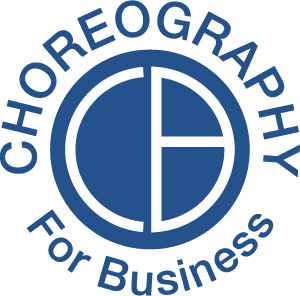Defining Your Audience
Whether your work entails internal meetings, check-ins with superiors, pitches in front of potential investors, clients or employers, it is important to be aware of your audience.
As a dancer, for any given performance, the audience is pretty clearly defined as row upon row of individuals sitting in seats and staring up at the stage. In this context, the beginning of the performance starts when the curtain rises and the audience is given full view of our playground.
In more traditional workplaces, where your performance is not always determined by a specific moment in time, the identification of a fixed audience is slightly less clear. In my mind, there are two main types of performances you might find yourself in at work. There are explicit performances, such as a presentation of any sort in front of any number of people; and there are implicit performances, many of which occur all throughout the day, and particularly in open format office spaces. Whether your performance is rehearsed, or just habitual, you will find you can greatly influence your physical presence throughout the day by being aware of your audience at any given moment and tweak your choices accordingly.
Both the number of people listening to you as well as the context of the room you are all in will influence the choices you make in your physical presence. Are you in an intimate setting? Are the individuals in the room sitting or standing? What are the different vantage points in the room? Are people in chairs around a table or in horizontal rows reaching back?
Here are a few general rules to follow:
- The larger your audience, the more expansive your physical presence needs to be. The way you move to compel an audience of one will be different from the way you move to compel an audience of many.
- Never neglect the people in the very last row.
- Be wary of excessive movements when you are conversing with only a few individuals, you don’t want to come off as overly frenetic, aggressive or over bearing. While movement helps people remember what you have shared, too much movement quickly becomes a distraction.
- You never know when you might have an invisible audience. This is one of my favorites. How many times have you thought you were out of the eye of the public only to hear someone comment on a moment you thought you enjoyed privately the next day? Sounds creepy, but it happens more often than you might likely realize.
Being aware of your audience and laying the groundwork for adopting a professional posture even when you think no one is watching can elevate your professional physical presence immensely.
Spend some time identifying the opportunities of imbuing a psychology of performance throughout your day. You will find there are many more than you might have thought. And awareness of your audience is the first step towards making the appropriate choices.

